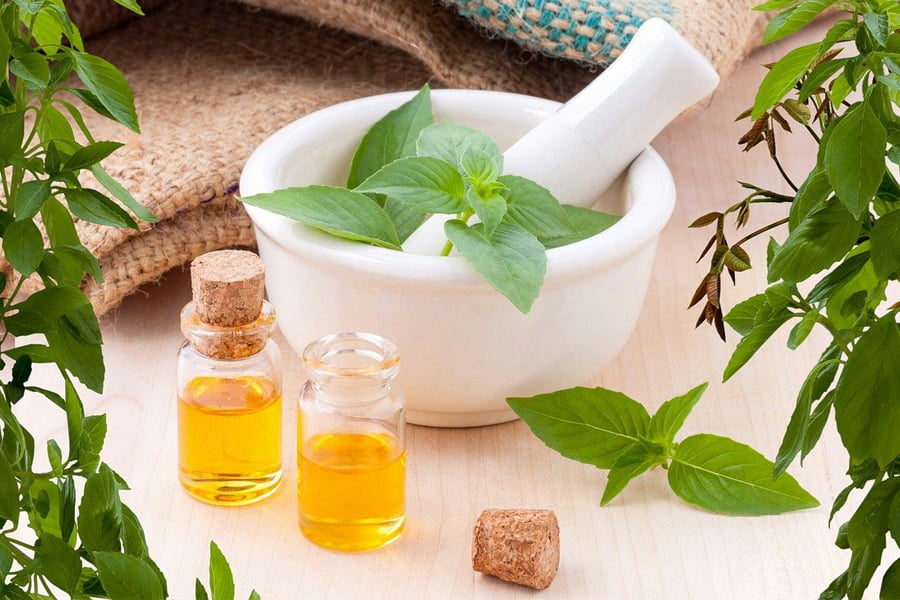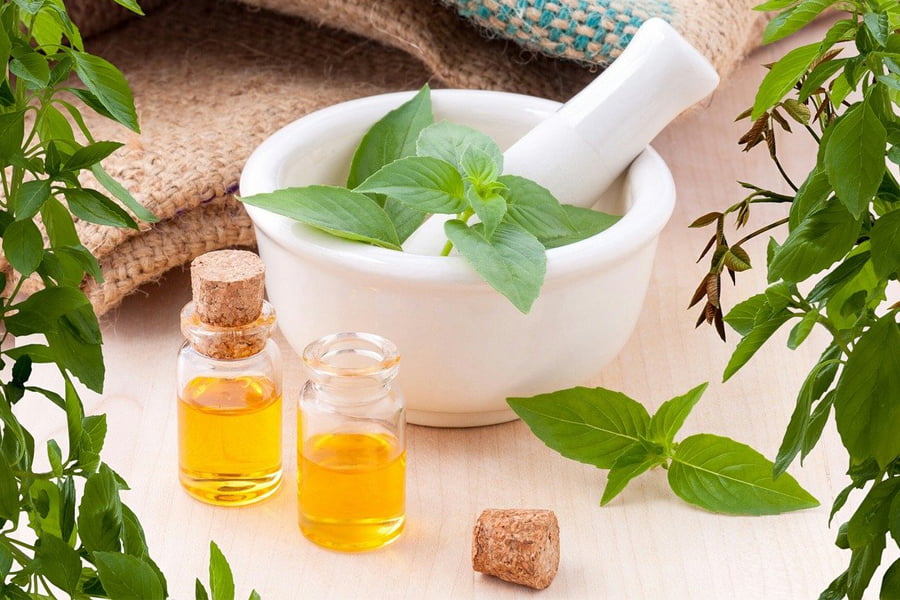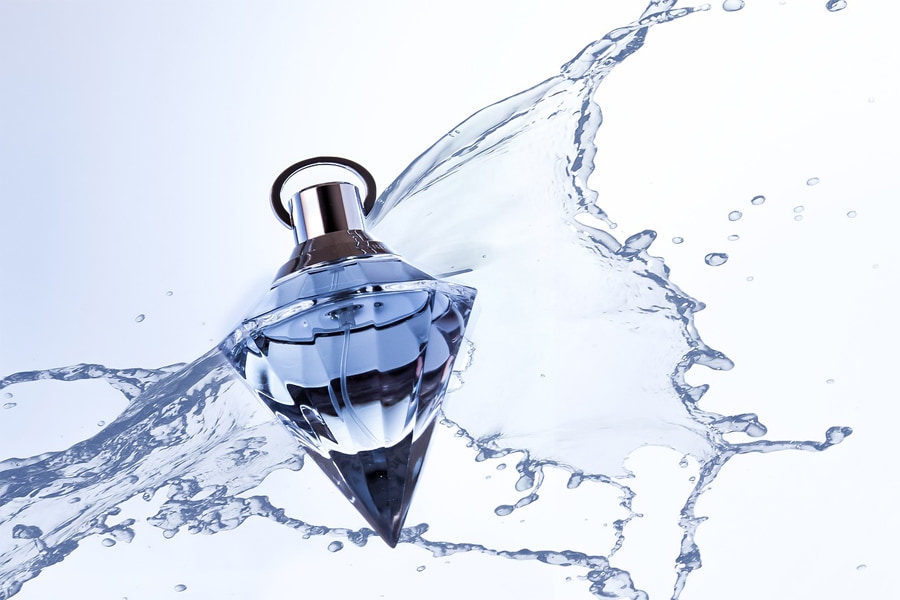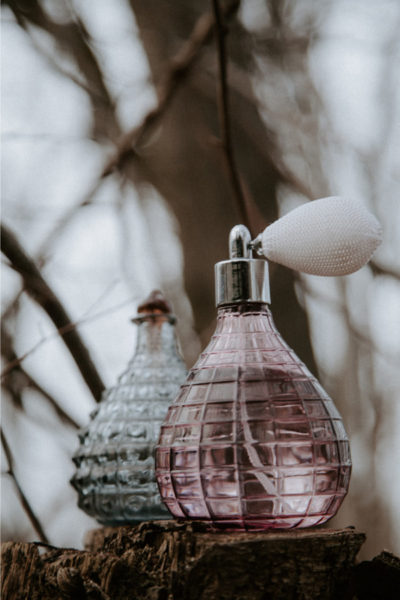
Throughout the course of human growth, many new things arise. Perfumes and smells have been utilized throughout history. However, perfumes were not a big deal back then. Perfumes, on the other hand, have become quite popular. Perfumes have a big impact on our lives nowadays. Of course, when new fragrances arrive, we must embrace them. We may not be able to keep up with global fashion trends if this does not happen. Nevertheless, this article is about the manufacturing process of perfumes. We hope that you will get to know a great deal about the manufacturing process of perfumes through this article.
History of Perfumes
Before knowing about the manufacturing process of perfumes, it is important to get to know a little about the history of perfumes.
Prior to the manufacture of synthetic fragrances, perfumes entirely used essential oils and other aromatics from nature. Modern perfumes use a complex mixture of aromatic hydrocarbons, essential oils, and additional components available at department store fragrance counters. To make a perfume extract, perfume, or cologne, they dilute these compounds in a foundation of volatile alcohol at different strengths. Most antique perfumes, on the other hand, entirely used natural resins, oils, and botanicals. Oil, fat, or wax was there to impart the aroma instead of alcohol.
Perfume has a long and illustrious history. The ancient Egyptians are the ones who were with inventing scent. By burning essential oils, resin, and fragrant unguents, they used scents to remember prayers and religious rites. Tapputi, a female scientist, was the first recorded perfume manufacturer. Historians found stories concerning her on a Mesopotamian clay tablet from the second millennium B.C.
Many cultures have used aromas and perfumes in a variety of unique ways throughout history. Scents were once only for holy objects, but they eventually turned out to be part of everyday hygiene. Spices, fragrances, and resins were plentiful in ancient Egypt, but they also brought them from the Middle East, Arabia, and the Indian subcontinent. Beautiful woods, aromatic resins, myrrh, and incense were important constituents in the period’s scents. And they imported them.
Le Labo Santal 33 Eau de Parfum
The woody sweet scent of Le Labo Santal 33 Eau de Parfum represents the essence of the American West while also supporting individual independence. A robust combination of spicy, harsh, and musk undertones distinguishes the perfume. Santal 33 has a strong addictive attraction from the first smell. The scent opens with iris, cardamom, ambrox, and violet accords, then move on to musk and calfskin for great warmth. It has a rich, somewhat spicy scent that lasts a long time on the skin.
Steps of the Manufacturing Process of Perfumes
Let us get into our topic straight away. What are the steps of the manufacturing process of perfumes? Let us get to know this.
- Collection
- Extraction
- Blending
- Aging
- Quality Control
Broadly, these are the steps of the manufacturing process of perfumes. Now, it is time to get to know each of these in detail step-by-step. Keep on reading!
1. Collection
This is the step in which the manufacturers collect the raw materials for the production of perfumes. The success of every perfume brand is totally based on the aroma it creates and the components it uses. Various chemicals, plants, and even animal parts are in use by many producers to create a pleasing aroma. You will be able to look at these aromatic sources in depth through this essay on the generation of scents.
Plants have long been in use as a source of essential oils and fragrance blends in perfumery. Plants create aromatics as secondary metabolites to defend themselves from herbivores, pollutants, and to attract pollinators. Aromatic compounds that are in use in perfumery are almost entirely from plants. The origins of these mixtures are a variety of plant components. Aromatic compounds can come from a variety of places in a plant; for example, coriander’s ethereal parts and seeds have quite distinct fragrances.
Perfumes use natural components such as flowers, grasses, spices, fruit, wood, roots, resins, balsams, leaves, gums, and animal secretions, as well as resources such as alcohol, petrochemicals, coal, and coal tars. Some plants, such as the lily of the valley, do not naturally generate oils. These essential oils are in just around 2,000 of the 250,000 flowering plant species that are there. To recreate the odors of non-oily things, they must use synthetic chemicals. Synthetics also provide unique fragrances that aren’t present in nature.
Animal products are in use in several perfume components. Castor oil originates from beavers, musk from male deer, and ambergris from sperm whales, for example. Animal compounds are frequently in use as fixatives, allowing the perfume to dissipate slowly and produce scents for a longer period of time. Coal tar, mosses, resins, and synthetic compounds are examples of other fixatives.
Thierry Mugler Angel Muse Eau de Parfum
A Divine Message Muse, a follow-up to the original Angel gourmet scent from 1992, launched in April 2016. It is a beguiling, addictive transformation. The most recent edition won the title of the most popular gourmet vetiver scent. In the Quentin Bisch synthesis, the top notes of pink pepper and grapefruit merge in a sensuous, pleasant blend. The hazelnut chocolate heart notes are sweet and welcoming, while the vetiver and patchouli base notes lend a powerful, woody texture to the drydown.
2. Extraction
The second step in the manufacturing process of perfumes is extraction. Steam is conducted through plant material stored in a still during steam distillation, converting the essential oil to gas. This gas is then cooled and liquid after passing through tubes. Instead of steaming, oils can be extracted by boiling plant materials like flower petals in water.
Solvent extraction involves placing flowers in big spinning tanks or drums and pouring benzene or petroleum ether over them to extract the essential oils. The floral components disintegrate in the solvents, leaving a waxy substance containing the oil. It is subsequently dissolved in ethyl alcohol. The oil melts and rises in the alcohol. Then they make use of heat to evaporate the alcohol, leaving a larger concentration of the perfume oil on the bottom until it has completely burnt off.
Flowers are distributed on grease-coated glass sheets during enfleurage. The glass sheets are stacked in levels between wooden frames. The flowers are then hand-removed and replaced until the grease has absorbed their scent. Maceration is identical to enfleurage, with the exception that warmed fats are employed to absorb the floral odor. To acquire the essential oils, the grease and fats are dissolved in alcohol, the same as in solvent extraction.
The simplest and oldest method of extraction is expression. The fruit or plant is manually or mechanically pressed until all of the oil is squeezed out in this method, which is now employed to extract citrus oils from the rind.
Dolce and Gabbana The Only One Eau De Parfum
The Only One is a reviving plant smell with hypnotic gentleness and depth. A magnificent blend of espresso and violet creates an intriguing perfume that is a feast of opposites. Its greatest attraction is the constant aroma, which has been blowing some people’s minds for a long time. Bergamot and violet flower accords are the prominent notes in this fresh and delightful perfume. The enticement continues in the heart notes, which include espresso and iris. In the base notes, patchouli and vanilla create warmth and lavishness, resulting in a heated and glittering drydown.
3. Blending
Once they gather the perfume oils, they are ready to combine them according to a formula. It can take up to 800 distinct components and several years to establish a unique smell composition.
They combine the perfume with alcohol once they make it. The quantity of alcohol in a smell varies significantly. The majority of complete perfumes consists of 10-20% fragrant oils in alcohol with a trace of water. Colognes use around 3-5 percent oil that they dilute in 80-90 percent alcohol, with water accounting for roughly 10%. Toilet water has the least quantity of oil, with only 2% oil in 60-80% alcohol and 20% water.
Yves Saint Laurent Opium Eau De Parfum
Opium Yves Saint Laurent’s designs include Jean Amic and Jean-Louis Sieuzac. It came out for the first time in 1977. The perfume has a simple sexual quality about it that is rich and uncontrolled. It was released in 2009 with new packaging. The scent is narrowed by plum, coriander, citruses, pepper, mandarin orange, clove, bergamot, and West Indian. Sweetheart notes include myrrh, jasmine, carnation, lily-of-the-valley, peach, and rose. The perfume lingers on your skin thanks to the underlying notes of sandalwood, patchouli, golden, and cinnamon.
4. Aging
After being combined, fine perfume is sometimes aged for several months or even years. After that, a “nose” will test the perfume once again to confirm that the expected aroma is there. “Notes de tete,” or top notes, “notes de coeur,” or center or heart notes, and “notes de fond,” or base notes, are the three notes that each essential oil and perfume contains. Top notes are tart or citrus-like, while middle notes (aromatic flowers like rose and jasmine) offer body and base notes (woody aromas) to provide longevity. More “notes” of various fragrances can be add on to the mix.
Lancome La Vie Est Belle L’Eau de Parfum
La Vie Est Belle by Lancome is a pleasant, youthful, floral smell that is ideal for you. It has a nice aroma with notes of iris, jasmine, orange blossom, and patchouli, as well as blackcurrant and pear undertones. This one lasts all day and maybe worn at any time of day or night. It’s perfect for younger ladies, and just one spritz will have you smelling like a sweet-scented garden in full bloom. This is one of the most popular smells for ladies.
5. Quality Control
Basically, the above steps are what you need to consider when it comes to the manufacturing process of perfumes. However, quality control is something that you need to be constantly aware of, throughout the entire manufacturing process of perfumes. Obviously, you need to place a significant emphasis on quality control invariably. It is because if the perfume manufacturers fail to maintain the quality of perfumes, there is surely going to be a problem with the brand name of the perfume. Hence, this is apparently of immense importance.
Because perfumery is so reliant on plant ingredient harvests and animal product supply, it may quickly become dangerous. Thousands of flowers are necessary to produce just one pound of essential oils. And perfumeries may be jeopardized if the season’s crop is lost by illness or bad weather. Furthermore, consistency is difficult to achieve with natural oils. The same species of plant may produce oils with somewhat varied scents when grown in several locations with slightly variable growth circumstances.
Collecting natural animal oils has also proven to be problematic. Many animals that were formerly hunted for their oils are now classified as endangered species and are no longer huntable. Ambergris from sperm whales, for example, has been illegal since 1977. Furthermore, the extraction of most animal oils is laborious and costly. Civet cats are grown in Ethiopia for their fatty gland secretions, and beavers from Canada and the former Soviet Union are collected for their castor.
Even though natural chemicals are popular in the greatest fragrances, synthetic perfumes have given perfumers more freedom and stability in their work. Synthetic fragrances and oils reduce the need to extract oils from animals and eliminate the chance of a poor plant harvest, saving a lot of money and many animals’ lives.
Jean Paul Gaultier Scandal Eau de Parfum
The anger of Jean-Paul Gaultier’s idea piques your curiosity at first look. The name and the state of the container plug both hint at the fragrance’s fiery, spicy, and happy character. They introduced Eau De Parfum in 2017. It is new, modern, and defies all expectations, as the name implies. This is a perfume for strong, attractive ladies. The major notes are nectar, blood orange, gardenia, and patchouli, which they mix and enhance by a warm, woody base. Daphne Bugey is responsible for the lasting aroma.
Final Thoughts
This article told you about the manufacturing process of perfumes. And we think that this helped you a lot in this regard. For further reading, we have many other articles too. You can read about the best men’s perfumes for a date, best women’s perfumes for the workplace, best perfumes for college girls, date night perfumes for ladies, best prom night perfumes, best colognes for working men, best colognes for college guys, best perfumes for the wedding day, and many more.



